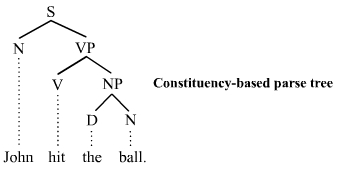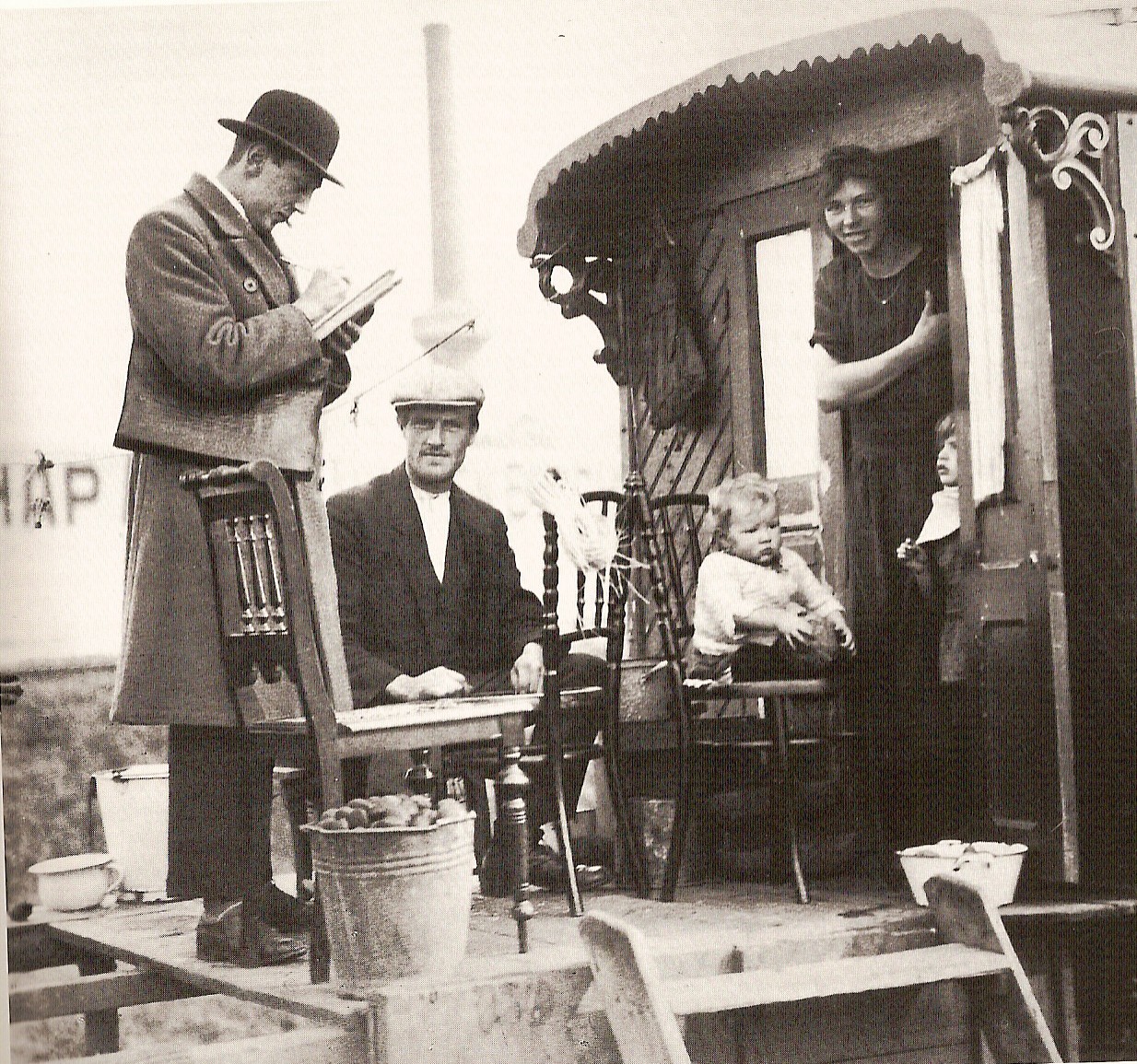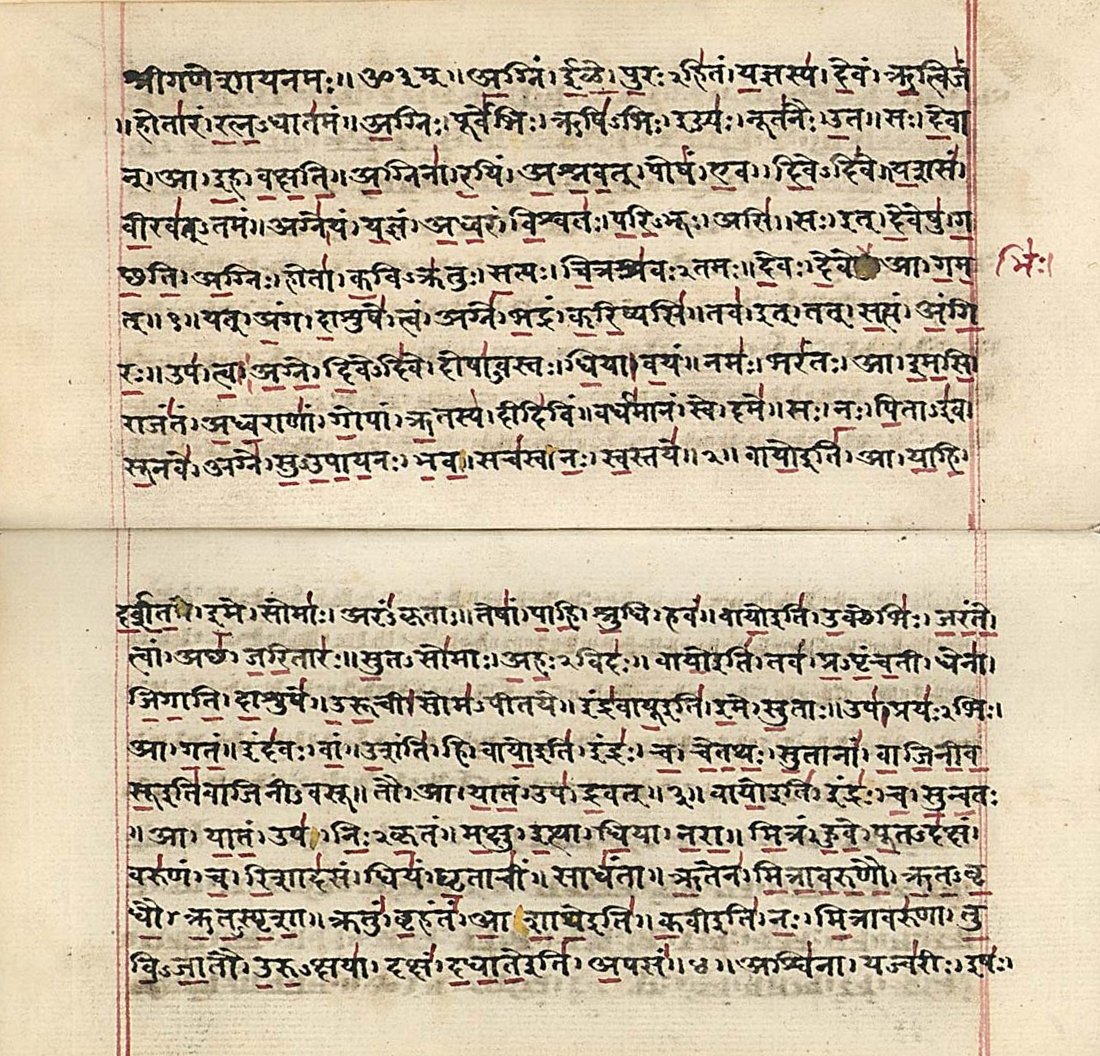|
Conlang
A constructed language (shortened to conlang) is a language whose phonology, grammar, orthography, and vocabulary, instead of having developed natural language, naturally, are consciously devised for some purpose, which may include being devised for a fiction, work of fiction. A constructed language may also be referred to as an artificial, planned or invented language, or (in some cases) a fictional language. ''Planned languages'' (or engineered languages / engelangs) are languages that have been purposefully designed; they are the result of deliberate, controlling intervention and are thus of a form of ''language planning''. There are many possible reasons to create a constructed language, such as to ease human communication (see international auxiliary language and code); to give fiction or an associated constructed setting an added layer of realism; for experimentation in the fields of linguistics, cognitive science, and machine learning; for artistic language, artistic crea ... [...More Info...] [...Related Items...] OR: [Wikipedia] [Google] [Baidu] |
Artistic Language
An artistic language, or artlang, is a constructed language designed for aesthetic and phonetic pleasure. Constructed languages can be artistic to the extent that artists use it as a source of creativity in art, poetry, calligraphy or as a metaphor to address themes such as cultural diversity and the vulnerability of the individual in a globalizing world. They can also be used to test linguistical theories, such as Linguistic relativity. Unlike engineered languages or auxiliary languages, artistic languages often have irregular grammar systems, much like natural languages. Many are designed within the context of fictional worlds, such as J. R. R. Tolkien's Middle-earth. Others can represent fictional languages in a world not patently different from the real world, or have no particular fictional background attached. Genres Several different genres of constructed languages are classified as 'artistic'. An artistic language may fall into any one of the following groups, dependi ... [...More Info...] [...Related Items...] OR: [Wikipedia] [Google] [Baidu] |
Fictional Language
Fictional languages are the subset of constructed languages (conlangs) that have been created as part of a fictional setting (e.g. for use in a book, movie, television show, or video game). Typically they are the creation of one individual, while natural languages evolve out of a particular culture or people group, and other conlangs may have group involvement. Fictional languages are also distinct from natural languages in that they have no native speakers. By contrast, the constructed language of Esperanto now has native speakers. Fictional languages are intended to be the languages of a fictional world and are often designed with the intent of giving more depth, and an appearance of plausibility, to the fictional worlds with which they are associated. The goal of the author may be to have their characters communicate in a fashion which is both alien and dislocated. Within their fictional world, these languages do function as natural languages, helping to identify certain races ... [...More Info...] [...Related Items...] OR: [Wikipedia] [Google] [Baidu] |
Interlingua
Interlingua (, ) is an international auxiliary language (IAL) developed between 1937 and 1951 by the American International Auxiliary Language Association (IALA). It is a constructed language of the "naturalistic" variety, whose vocabulary, grammar, and other characteristics are derived from natural languages. Interlingua literature maintains that (written) Interlingua is comprehensible to the billions of people who speak Romance languages, though it is actively spoken by only a few hundred. Interlingua was developed to combine a simple, mostly regular grammar with a vocabulary common to a wide range of western European languages, making it easy to learn for those whose native languages were sources of Interlingua's vocabulary and grammar. The name Interlingua comes from the Latin words ', meaning 'between', and ', meaning 'tongue' or 'language'. These morphemes are the same in Interlingua; thus, ''Interlingua'' would mean 'between language'. Overview Interlingua focuse ... [...More Info...] [...Related Items...] OR: [Wikipedia] [Google] [Baidu] |
Worldbuilding
Worldbuilding is the process of constructing an imaginary world or setting (narrative), setting, sometimes associated with a fictional universe. Developing the world with coherent qualities such as a history, geography, culture and ecology is a key task for many science fiction or fantasy writers. Worldbuilding often involves the Fantasy map, creation of geography, a backstory, flora, fauna, inhabitants, technology, and often if writing speculative fiction, different peoples. This may include social norms, social customs as well as invented languages (often called ''conlangs'') for the world. The world could encompass different planets spanning vast distances of space or be limited in scope to a single small village. Worldbuilding exists in novels, tabletop role-playing games, and visual media such as film, films, video games, and comics. Prior to 1900, most worldbuilding was conducted by novelists, who could leave imagination of the fictional setting in part to the reader. Some a ... [...More Info...] [...Related Items...] OR: [Wikipedia] [Google] [Baidu] |
Interlinguistics
Interlinguistics, also known as cosmoglottics, is the science of planned languages that has existed for more than a century. Formalised by Otto Jespersen in 1931 as the science of interlanguages, in more recent times, the field has been more focused with language planning, the collection of strategies to deliberately influence the structure and function of a living language. In this framework, interlanguages become a subset of planned languages, i.e. extreme cases of language planning. Interlinguistics first appeared as a branch of studies devoted to the establishment of norms for auxiliary languages, but over its century-long history it has been understood by different authors more and more broadly as an Interdisciplinarity, interdisciplinary branch of science which includes various aspects of communication, language planning and Standardization (linguistics), standardization, Multilingualism and globalization, multilingualism and globalisation, language policy, translation, so ... [...More Info...] [...Related Items...] OR: [Wikipedia] [Google] [Baidu] |
Romanid
Romanid is a zonal auxiliary language for speakers of Romance languages, intended to be understandable to them without prior study. It was created by the Hungarian language teacher Zoltán Magyar Zoltán Magyar (born 13 December 1953) is a Hungarian former gymnast who was the world's leading pommel horse gymnast in the 1970s. In this event he won two Olympic, three world, three European and two World Cup titles. Magyar had two moves n ..., who published a first version in May 1956 and a second in December 1957. In 1984, he published a phrasebook with a short grammar, in which he presents a slightly more simplified version of the language. The language is based on the most common word senses in French, Italian, Portuguese and Spanish. It is rare, even in Hungary where it originated. According to the Russian newspaper Trud, Romanid, from a structural point of view, is "considerably simpler and easier to learn than Esperanto."Н. ЮговЛегче, чем эсперан ... [...More Info...] [...Related Items...] OR: [Wikipedia] [Google] [Baidu] |
Grammar
In linguistics, grammar is the set of rules for how a natural language is structured, as demonstrated by its speakers or writers. Grammar rules may concern the use of clauses, phrases, and words. The term may also refer to the study of such rules, a subject that includes phonology, morphology (linguistics), morphology, and syntax, together with phonetics, semantics, and pragmatics. There are, broadly speaking, two different ways to study grammar: traditional grammar and #Theoretical frameworks, theoretical grammar. Fluency in a particular language variety involves a speaker internalizing these rules, many or most of which are language acquisition, acquired by observing other speakers, as opposed to intentional study or language teaching, instruction. Much of this internalization occurs during early childhood; learning a language later in life usually involves more direct instruction. The term ''grammar'' can also describe the linguistic behaviour of groups of speakers and writer ... [...More Info...] [...Related Items...] OR: [Wikipedia] [Google] [Baidu] |
Census
A census (from Latin ''censere'', 'to assess') is the procedure of systematically acquiring, recording, and calculating population information about the members of a given Statistical population, population, usually displayed in the form of statistics. This term is used mostly in connection with Population and housing censuses by country, national population and housing censuses; other common censuses include Census of agriculture, censuses of agriculture, traditional culture, business, supplies, and traffic censuses. The United Nations (UN) defines the essential features of population and housing censuses as "individual enumeration, universality within a defined territory, simultaneity and defined periodicity", and recommends that population censuses be taken at least every ten years. UN recommendations also cover census topics to be collected, official definitions, classifications, and other useful information to coordinate international practices. The United Nations, UN's Food ... [...More Info...] [...Related Items...] OR: [Wikipedia] [Google] [Baidu] |
Hungary
Hungary is a landlocked country in Central Europe. Spanning much of the Pannonian Basin, Carpathian Basin, it is bordered by Slovakia to the north, Ukraine to the northeast, Romania to the east and southeast, Serbia to the south, Croatia and Slovenia to the southwest, and Austria to the west. Hungary lies within the drainage basin of the Danube, Danube River and is dominated by great lowland plains. It has a population of 9.6 million, consisting mostly of ethnic Hungarians, Hungarians (Magyars) and a significant Romani people in Hungary, Romani minority. Hungarian language, Hungarian is the Languages of Hungary, official language, and among Languages of Europe, the few in Europe outside the Indo-European languages, Indo-European family. Budapest is the country's capital and List of cities and towns of Hungary, largest city, and the dominant cultural and economic centre. Prior to the foundation of the Hungarian state, various peoples settled in the territory of present-day Hun ... [...More Info...] [...Related Items...] OR: [Wikipedia] [Google] [Baidu] |
Sanskrit
Sanskrit (; stem form ; nominal singular , ,) is a classical language belonging to the Indo-Aryan languages, Indo-Aryan branch of the Indo-European languages. It arose in northwest South Asia after its predecessor languages had Trans-cultural diffusion, diffused there from the northwest in the late Bronze Age#South Asia, Bronze Age. Sanskrit is the sacred language of Hinduism, the language of classical Hindu philosophy, and of historical texts of Buddhism and Jainism. It was a lingua franca, link language in ancient and medieval South Asia, and upon transmission of Hindu and Buddhist culture to Southeast Asia, East Asia and Central Asia in the early medieval era, it became a language of religion and high culture, and of the political elites in some of these regions. As a result, Sanskrit had a lasting effect on the languages of South Asia, Southeast Asia and East Asia, especially in their formal and learned vocabularies. Sanskrit generally connotes several Indo-Aryan languages# ... [...More Info...] [...Related Items...] OR: [Wikipedia] [Google] [Baidu] |
Esperanto
Esperanto (, ) is the world's most widely spoken Constructed language, constructed international auxiliary language. Created by L. L. Zamenhof in 1887 to be 'the International Language' (), it is intended to be a universal second language for international communication. He described the language in ''Dr. Esperanto's International Language'' (), which he published under the pseudonym . Early adopters of the language liked the name and soon used it to describe his language. The word translates into English as 'one who hopes'. Within the range of constructed languages, Esperanto occupies a middle ground between "naturalistic" (imitating existing natural languages) and ''Constructed language#A priori and a posteriori languages, a priori'' (where features are not based on existing languages). Esperanto's vocabulary, syntax and semantics derive predominantly from languages of the Indo-European languages, Indo-European group. A substantial majority of its vocabulary (approximat ... [...More Info...] [...Related Items...] OR: [Wikipedia] [Google] [Baidu] |
Classical Language
According to the definition by George L. Hart, a classical language is any language with an independent literary tradition and a large body of ancient written literature. Classical languages are usually extinct languages. Those that are still in use today tend to show highly diglossic characteristics in areas where they are used, as the difference between spoken and written language has widened over time. Classical studies in Europe In the context of traditional European classical studies, the "classical languages" refer to Greek and Latin, which were the literary languages of the Mediterranean world in classical antiquity. Greek was the language of Homer and of classical Athenian, Hellenistic and Byzantine historians, playwrights, and philosophers. It has contributed many words to the vocabulary of English and many other European languages, and has been a standard subject of study in Western educational institutions since the Renaissance. Latinized forms of Ancient Gree ... [...More Info...] [...Related Items...] OR: [Wikipedia] [Google] [Baidu] |





